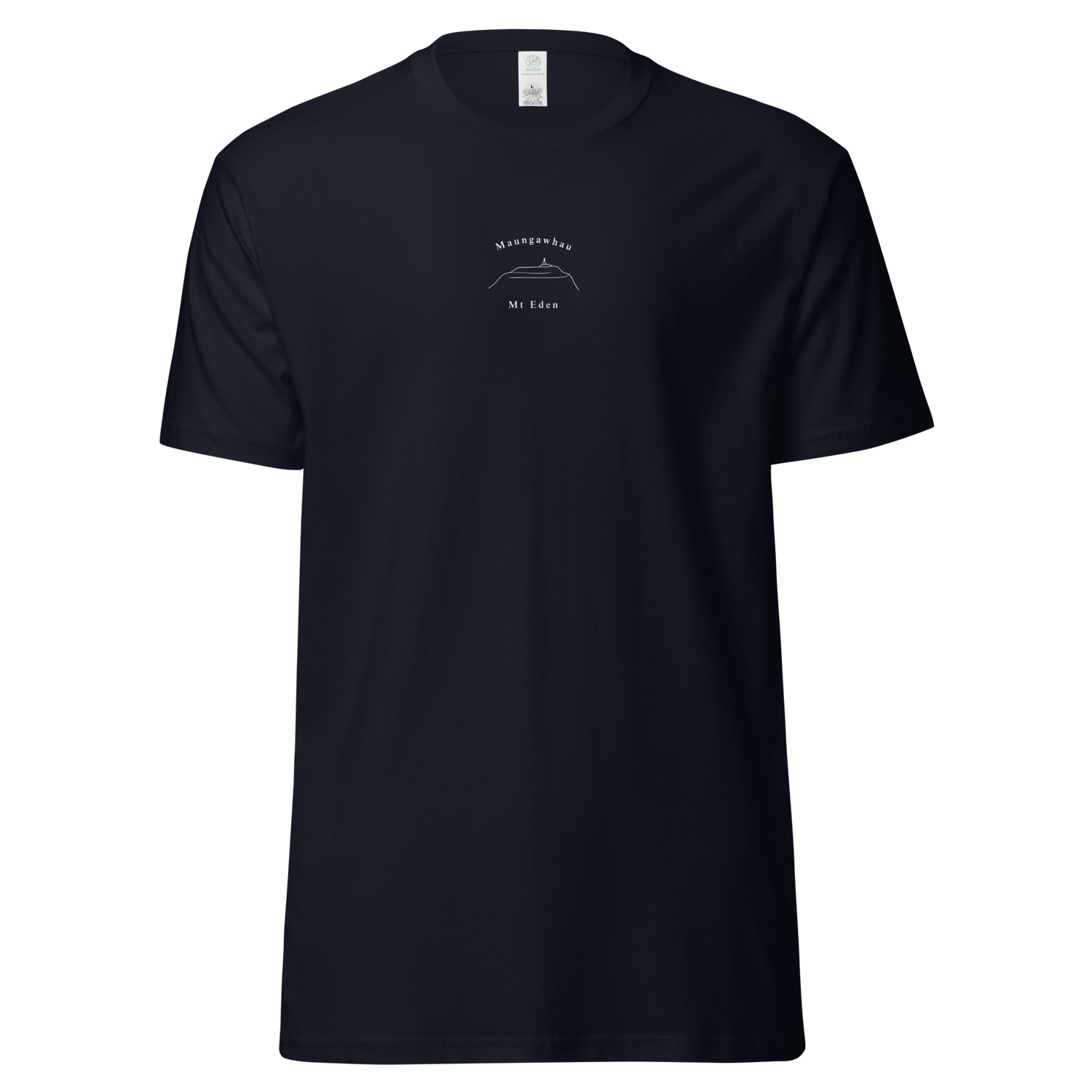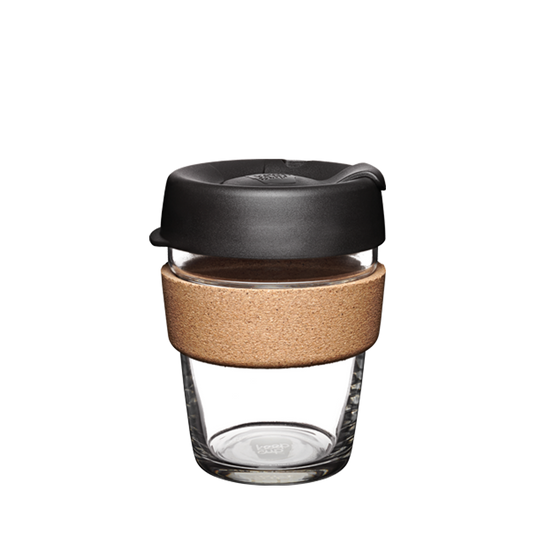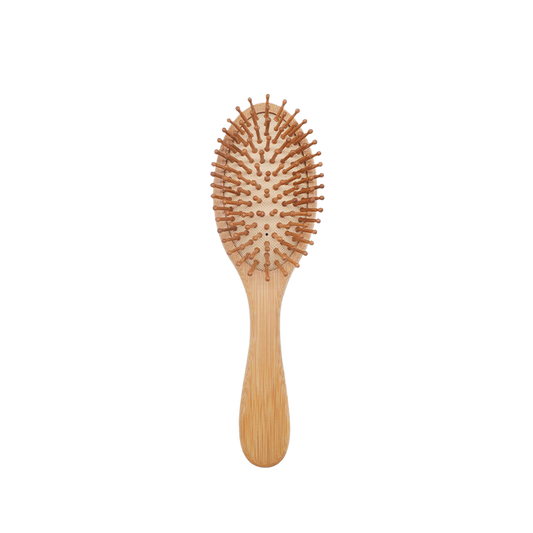In our quest for a sustainable future, adapting to new recycling rules is more than just a community responsibility; it's a chance to make a real environmental impact. Aotearoa New Zealand's initiative to standardise recycling practices is a significant step towards reducing waste and promoting eco-friendly living.
But we could all do with a little more clarity over the situation!

What can be recycled:
- Glass bottles and glass jars: clean and empty, and not small lids.
- Cans: Tin, steel and aluminium cans cans are recyclable. clean and empty, push the lid inside to prevent danger from the sharp metal.
- Plastic bottles (grades 1, 2 and 5) from your kitchen, bathroom and laundry. Not small lids.
- Plastic food containers (grades 1, 2 and 5). clean and empty.
- Paper Products: e.g. newspapers, magazines, and advertising mail
- Cardboard including empty pizza boxes, egg cartons and window envelopes. Clean from obvious food residue, but some oil is okay for example on a pizza box.

What can't be recycled:
- Bagged recycling or rubbish.
- Soft plastic packaging.
- Food waste.
- Clothing, shoes and bedding.
- Medical waste (including face masks).
- Garden waste.
- Building waste.
- Chemicals and hazardous waste.
- Nappies and sanitary products.
- Empty aerosol cans.
- Liquid paperboard (e.g. milk and juice cartons).
- Cookware, Pyrex ® and drinking glasses.
- Window glass and mirror glass.
- Light bulbs, fluorescent tubes and lamps, including Compact Fluorescent Lamps – they contain toxic mercury.
- Electronic and electrical items.
- Batteries – lithium batteries can explode and have been known to cause fires in recycling trucks.
- Gas bottles.
- Polystyrene packaging.

What size lid can be recycled?
Larger lids, like on a large yoghurt container, are recyclable. Small lids, like from a milk bottle, are not. Smaller items get caught in the machines, so they are no longer accepted.
Are all items with the recycle ♻ symbol on them recyclable?
No, only items with the recycle symbol and a number 1, 2 or 5 in it are recyclable.
Ways to upcycle non-recyclable items
- Food waste: Compost to enrich garden soil.
- Clothing, shoes, and bedding: Donate to charity if in good condition, or animal shelters if not.
- Garden waste: Compost or use as mulch.
- Building waste: Reuse in DIY projects.
- Cookware, Pyrex®, drinking glasses: Use as storage or donate if in good condition.
- Polystyrene packaging: Use as drainage in plant pots or in crafts.
You can also search an unwanted item to see the best way to get rid of it here.

Confused about plastics?
A plastic item’s recyclability depends on several factors:
- The resin type e.g. the number you see inside the recycling symbol ♳ ♴ ♷
- The form of the product e.g. is it soft/flexible like a bag, semi-firm like a soft drink bottle or hard/rigid like a coat hanger or plastic toy.
- An end market e.g. If that resin type has a business that is prepared to pay for the material once it has been used by the consumer
- The size of the item – too small and it will fall out of the sorting machinery, too large and it won’t fit.
- The dimension – is it two dimensional like a piece of paper, or three dimensional like a bottle?
Sustainable materials
Another pivotal strategy in our sustainable living arsenal involves prioritizing compostable items, such as those made from bamboo.
Bamboo, for instance, has gained popularity for its rapid growth rate, minimal water needs, and the absence of a requirement for pesticides or fertilizers to thrive. These characteristics make bamboo an excellent choice for a wide range of products, from utensils and straws to toothbrushes and clothing. When we opt for items made from bamboo or other compostable materials, we're not just choosing eco-friendly products; we're also supporting the shift towards a circular economy, where the end-of-life of products is considered in their design phase, ensuring they can return to the earth safely.

Embracing Second-Hand
Buying second-hand is a cornerstone of sustainable living that not only reduces waste but also minimizes the demand for new products. This practice conserves resources and reduces the environmental impact associated with the production, transportation, and packaging of new items. Whether it's clothing, furniture, electronics, or vehicles, opting for second-hand items can significantly lower your carbon footprint.

Understanding and adapting to New Zealand's updated recycling guidelines is a vital step toward sustainable living. Donation and creativity in reusing non-recyclables can significantly contribute to waste reduction. Finally, disposing of non recyclable or reusable items inevitable and okay, the best thing to do here is dispose of them correctly.
For detailed information on recycling and reusing specific items, consult your local council's website. Together, we can make a difference in our environment, one step at a time.






